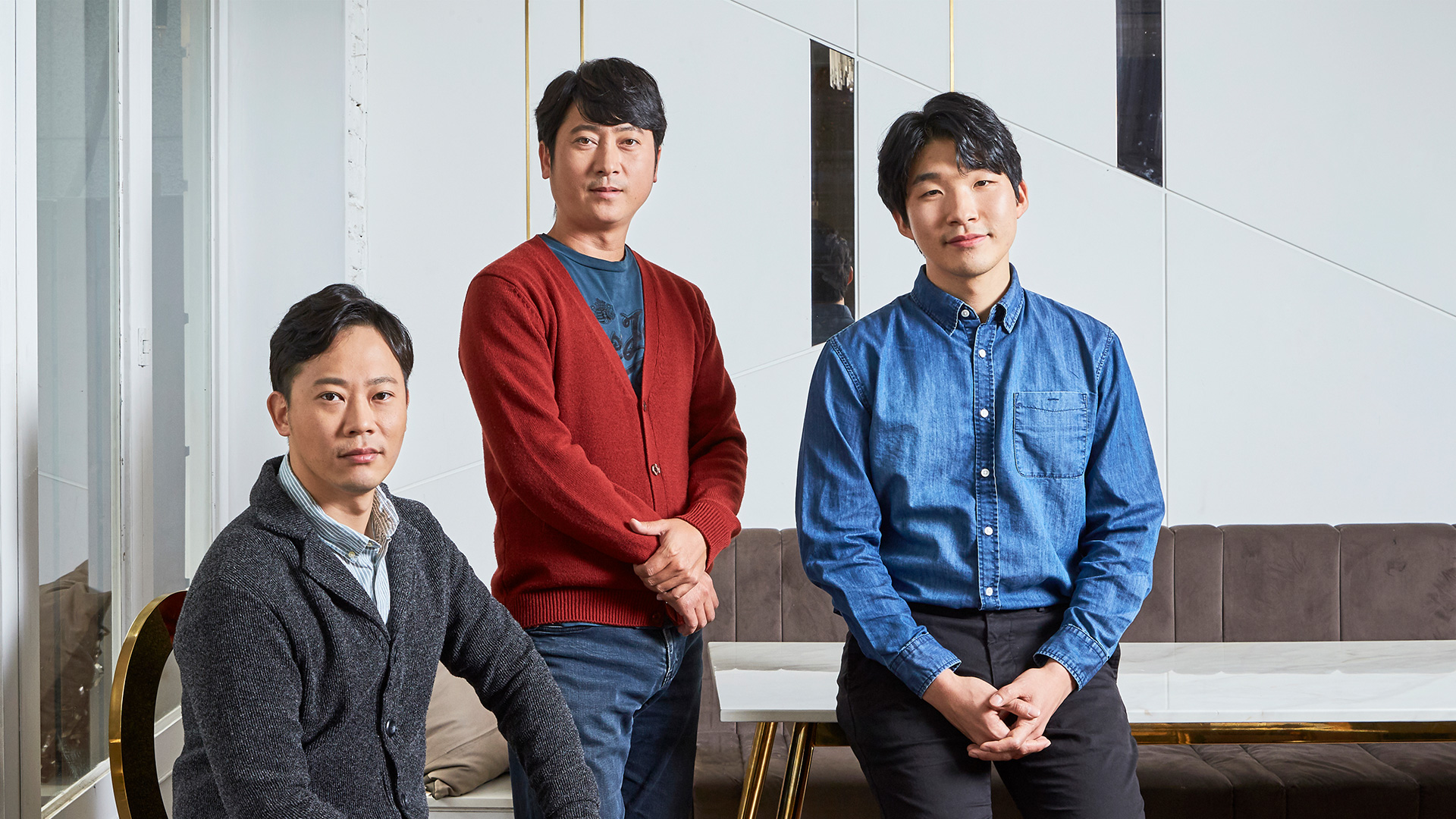
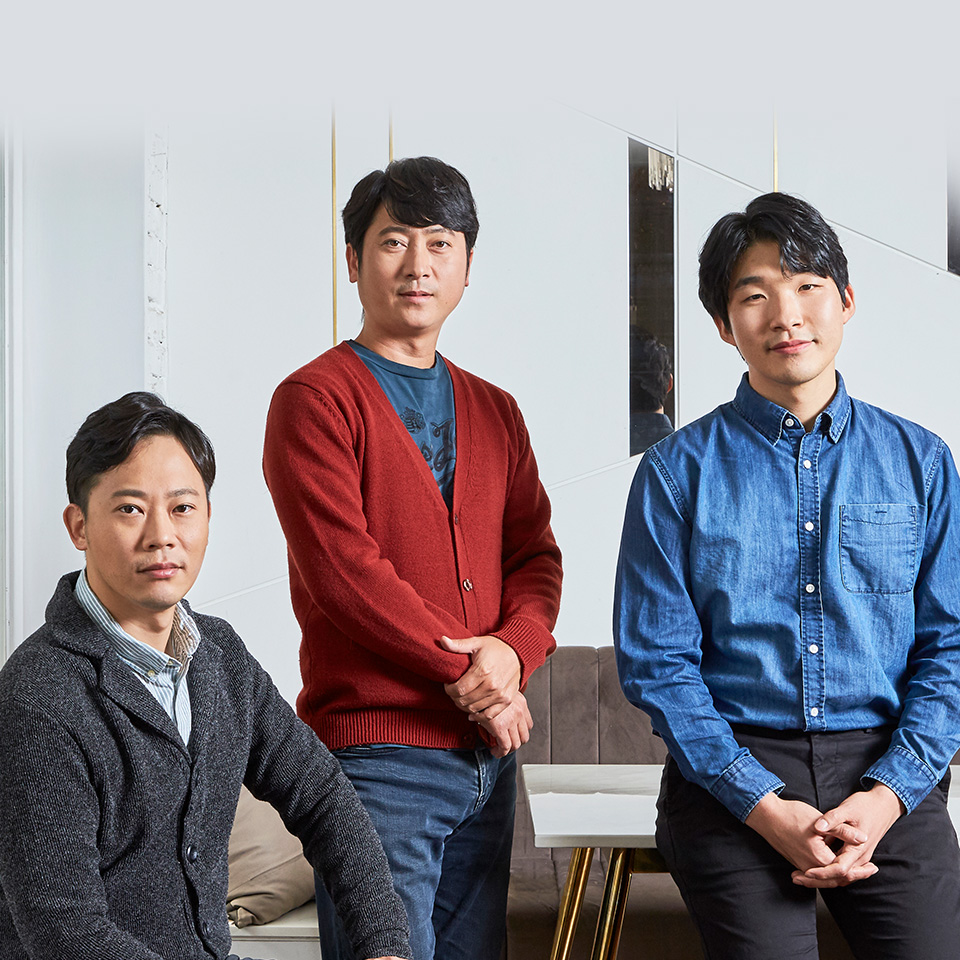


Headlamps are the “eyes” of automobiles that illuminate the road ahead and are positioned as a design element that most strongly captures the attention of customers. In other words, it is a part where you can get a glimpse of the technology and design philosophy of automobile manufacturers. Naturally, car manufacturers around the world are always eager to develop headlamp design and technology over time.
'Hidden Lighting' is the headlamp design identity that Hyundai is currently establishing with 'sensuous sportiness', or emotional sportiness. In other words, it is the world's first technology that makes it a lamp and, sometimes, a garnish when the light disappears. After so many failed attempts, a design that could only be seen in a concept car was finally applied to mass-produced cars; the Hyundai Motors Lighting Vision Engineering Design Team talks about hidden lighting lamps.
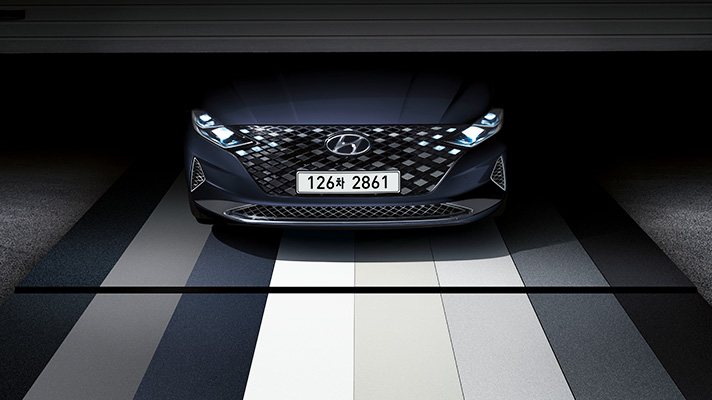
Q. Recently, Hyundai Motor Group and other automakers are putting a lot of capacity into headlamp design and technology development. Why do they do that?
Shim Joon-Bo, Senior Researcher ┃ For starters, there is a lot of advantages that can attract customers. Unlike the specs and technology, the design is the first thing people see after a new car is released, so I think that the exterior lamp can give the greatest impact in terms of first impressions. In addition, it became much easier to design a lamp using LEDs, so that manufacturers can try out more various designs. On the other hand, everyone is making great-performing lamps, making it pointless to make lamps that are just high-quality. Therefore, it is required to use new technologies such as IFS (Intelligent Headlamp System) introduced through the Genesis brand or apply design-related technologies such as hidden lighting lamps.

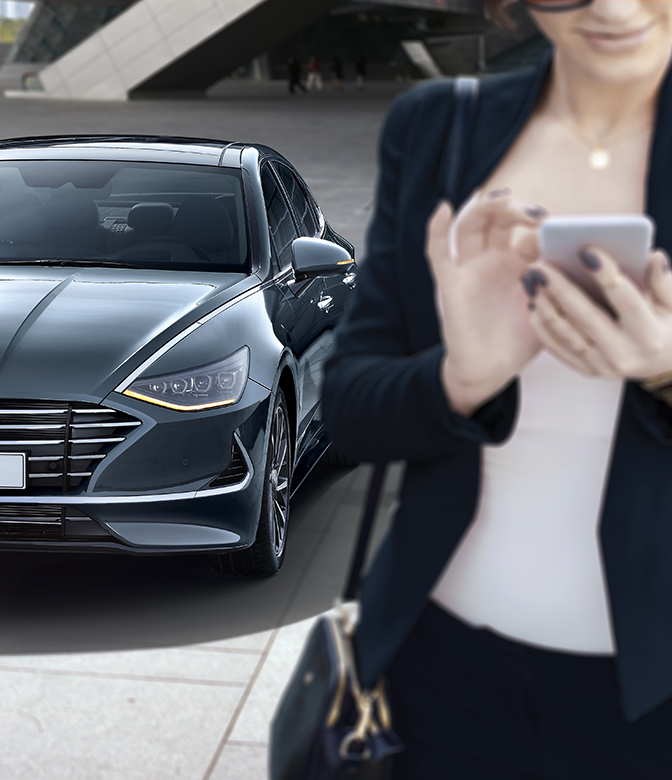
Q. How is the Sonata Hidden Lighting Lamp different from that of Palisade that was developed around the same time?
Jung Woo-Joo, Researcher ┃ The hidden lighting technology applied to the two vehicles had the same mechanism and structure, but there was a big difference in its application. In other words, the Sonata's hidden lighting lamps are used for daytime running lights, and according to the law, the brightness of the Palisade tail lamps should be 100 times higher than that of the hidden lighting. Of course, both models function as auxiliary lamps, so they didn't have to be bright enough to meet the criteria. However, because it had to match the brightness with the main daytime running light, it had to achieve a certain high performance. It also had to go well with the surrounding parts. When off, it had to blend in with the rear chrome garnish, and when on, it had to be as bright as the daytime running light. It was more difficult than I thought to make one structure that will suit two different purposes.
Q. How did you implement the gradation effect, one of the technical features?
Jung Woo-Joo, Researcher ┃ The feeling when the lamp is lit is difficult to experience unless it is actually manufactured. So, it requires a lot of prototyping. In the case of this gradation effect, there was considerable difficulty in determining when and how much the brightness should change. To realize the most natural gradation image, the design department changed the pattern, and we reviewed the design problems of the pattern. So, the supplier produced samples and repeated the evaluation process dozens of times. After several trials and errors, we were able to create the unique gradation effect for the current Sonata.

Q. What are the features of The New Grandeur Hidden Lighting Lamp as turn signals?
Soon-Il Lee, Researcher ┃ The hidden lighting lamps applied to Palisade and Sonata used the technology for the first time, and they are more meaningful as decorative elements. In other words, although it is less regulated by the law, the New Grandeur's hidden lighting lamps play a very important role in driving safety because they also work as turn signals and daytime running lights. Therefore, the concept of the mechanism in the two models are the same, but detailed legal regulations such as chromaticity as well as light distribution standards had to be satisfied for the New Grandeur. At the same time, various tasks such as surface treatment to improve the sense of unity with the radiator grille or the accuracy of the laser cutting had to be solved.

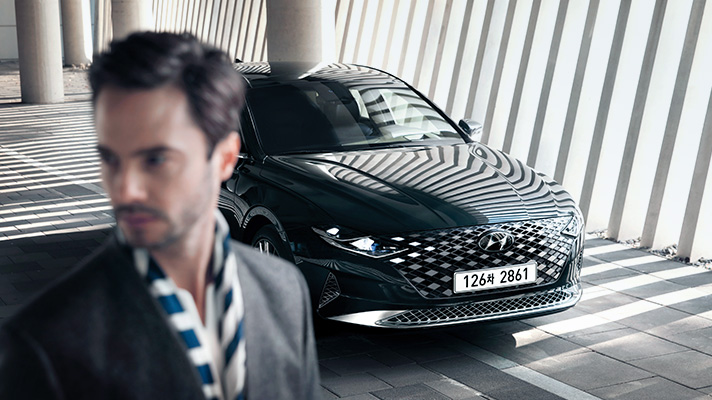
Q. Recently, like The New Grandeur, there are many cases where patterns are engraved on the surface of the lamp. In this case, will there be a problem with the light distribution performance or diffused reflection?
Soon-Il Lee, Researcher ┃ When a curved shape is added to the outer lens, unwanted distortion of light occurs due to reflection or refraction of light. We try to avoid this by setting an adequate lighting area. Recently, for the trending three-dimensional outer lens, the company is analyzing and optimizing the area where light could scatter. And for better accuracy, we make a prototype for further testing. On the other hand, various patterns are applied to the inner lens to emphasize the gorgeous feeling when turned on. In the latest models, you can see the tail lamps shine like jewels, with intentional diffused reflection.
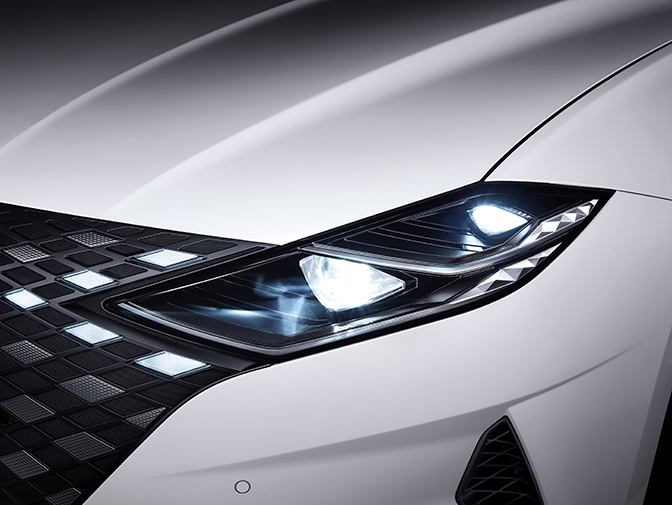

Q. As the light distribution standards are different for each country and continent, is there a variation in the hidden lighting composition depending on the export and domestic products?
Shim Joon-Bo, Senior Researcher ┃ We can see the light distribution standards in North America and Europe are different just by looking at the daytime running lights. In the case of Korea, since several years ago, the same standards have been established as in Europe, so we manufacture two different kinds of lamps that could suit all standards in North America, Korea, and Europe. Normally, the brightness standard required by the North American market is higher. In terms of daytime running lights, the North American standard is about 20% brighter, and accordingly, the products for the North American market are made brighter by increasing the LED current.
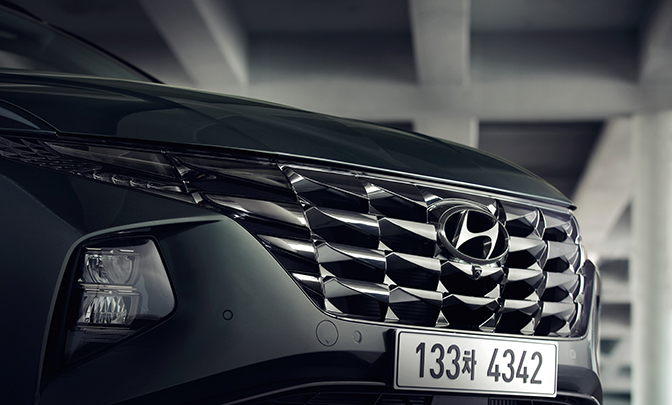
Q: As the 4th generation Tucson focused on unconventional and futuristic design, it seems that collaboration with the design team was important.
Shim Joon-Bo, Senior Researcher ┃ The 4th generation Tucson has undergone dramatic changes in lamp design. The surface of the daytime running light lens is curved and it has been greatly enlarged. It was difficult to even produce it with existing facilities. Fortunately, decision-making was easier thanks to the design department managers since we have already gone through such collaboration on previous projects. For example, the main design concepts and themes came from the design department, and then everyone worked on the details in collaboration.
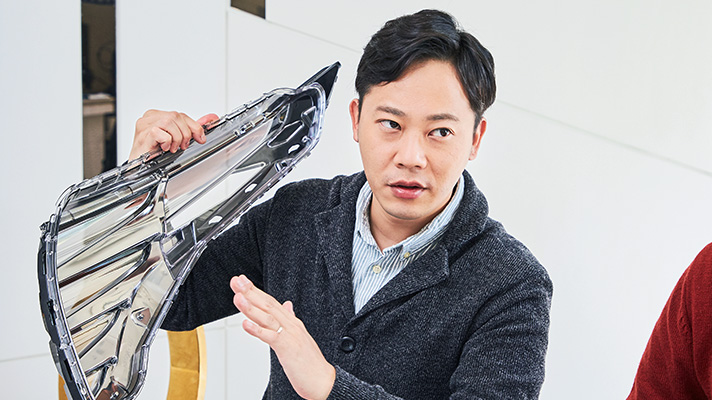
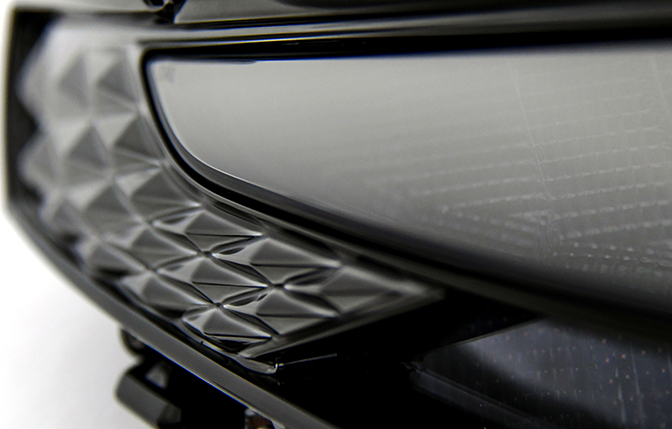
Q. Is there a specific reason for choosing nickel-chromium for vapor deposition for Tucson lamps instead of aluminum, which shows the highest thermal expansion?
Shim Joon-Bo, Senior Researcher ┃ Of course, aluminum has the highest heat resistance due to the nature of the material, but the most important part we considered was that the color should match with radiator grille. Since it was difficult to use aluminum to create subtle colors that match with the parametric jewel grill, we needed to find a better material. In addition, it was necessary to have heat resistance high enough to survive our own durability standards; and nickel-chromium checked all boxes.
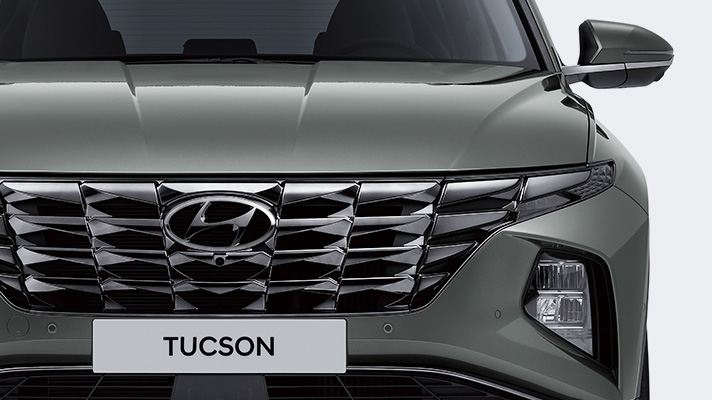
Q. Putting a specific material inside the lens could naturally harm the luminous performance or visibility. What technologies have you applied for commercialization?
Shim Joon-Bo, Senior Researcher ┃ As the transparent lens is coated with a special material, the transmittance and the lamp efficiency could decrease. Plus, we had to add more LEDs and increase the power supply to meet the light distribution standard. However, increasing the power may cause the LED to overheat, so a technology called OHP (Over-Heat Protection) was also applied. The sensor measures the temperature around the LED and, if it exceeds a certain level, it lowers the power supply to lower the temperature in case of an emergency, say, driving in Death Valley in the United States, where summer temperatures are unusually high.
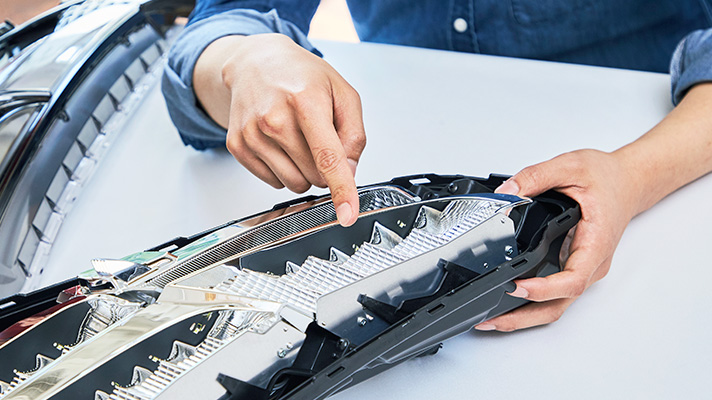
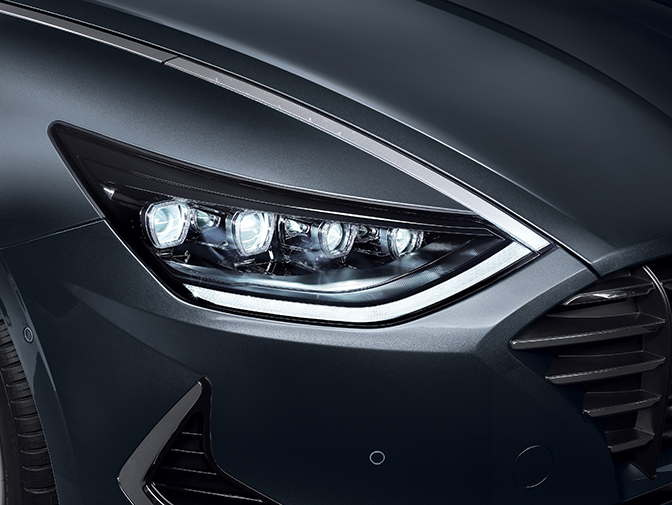
Q. Simply considering the numbers that tell you elevated power consumption, it does not look good as an efficient technology.
Shim Joon-Bo, Senior Researcher ┃ Although the number of LEDs and power consumption have increased to overcome the decrease in light transmittance, it does not affect battery performance or lifespan. Daytime running lights are literally a lamp that lights up only during the daytime, so it does not consume power that much. If the main purpose was to develop an efficient lamp that satisfies only the visibility or laws, making one large circle-shaped lamp would have been the best. Most automakers are struggling for building a unique identity and technological evolution through various lamp designs. In this respect, hidden lighting lamps can be seen as an efficient technology.
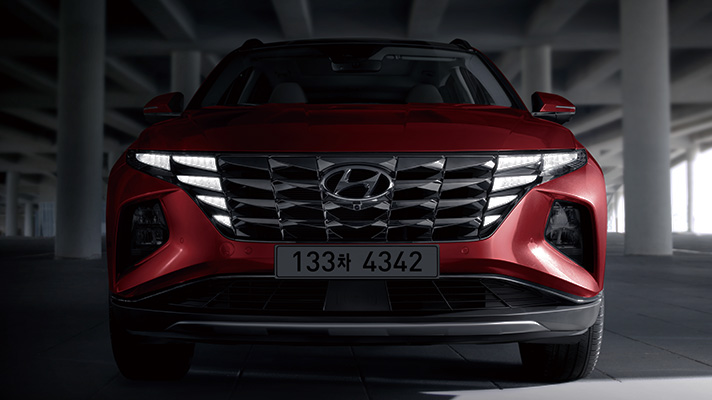
Q. Are you devising a new technology development plan, such as enhancing the transmittance or light distribution efficiency of a lens that uses hidden lighting technology?
Soon-Il Lee, Researcher ┃ Various technologies can be used since the transmittance of a lens can change depending on the operating conditions or angle. For example, hidden lighting may be implemented through a deposition surface having a 0% of light transmittance by changing the location of the light source, or even, using the body shade. Many ideas are being discussed, and we are establishing a new technology development plan.
Q. Wouldn't it be possible to apply the contrast control technology that can be controlled by the applied voltage, which other companies have used for glass roofs?
Shim Joon-Bo, Senior Researcher ┃ As mentioned, the technology for controlling the transmittance by adjusting voltage has already been commercialized. Also, it is not very difficult to use it for hidden lighting technology. In particular, the lamp efficiency, such as transmittance, increases when it is turned on, and it is expected that it can also give a hidden lighting effect when it is turned off. However, in order to implement this, additional equipment must be added inevitably, so it is expected to determine whether to apply it by comprehensively considering the increase in power consumption and cost issues.
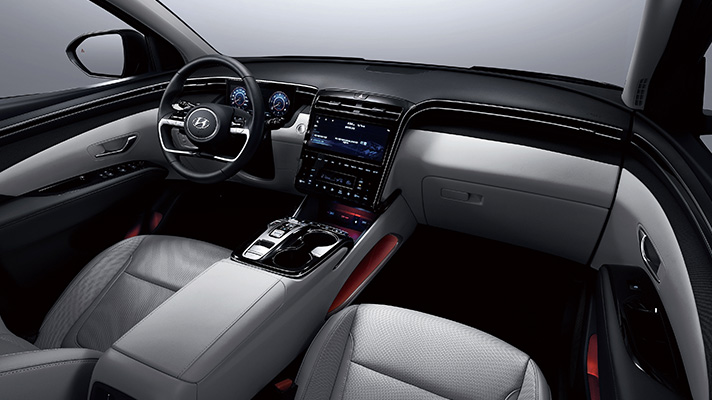
Q. Is it possible to utilize the hidden lighting mechanism in other parts of a car?
Jung Woo-Joo, Researcher ┃ The basic concept and principle of hidden lighting technology were already used in other parts. We could not apply the technology for outer lenses before LEDs were invented since controlling the light intensity or applying various designs was not possible without them. Moreover, the tinted glass to protect the driver or interior materials from sunlight also utilizes light transmittance. In addition, the LED for the warning signal of the rear side alarm system (BSD) is usually covered by the side mirror but appears through it when activated. In the future, it is expected to be applicable to various indoor lighting.
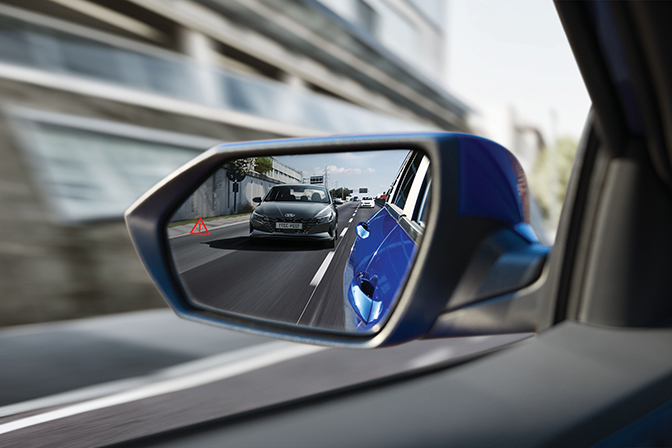
If the lamps of the past were the 'eyes' of automobiles, the lamps of the future are expected to be the indicator representing expressions and gesture of automobiles.
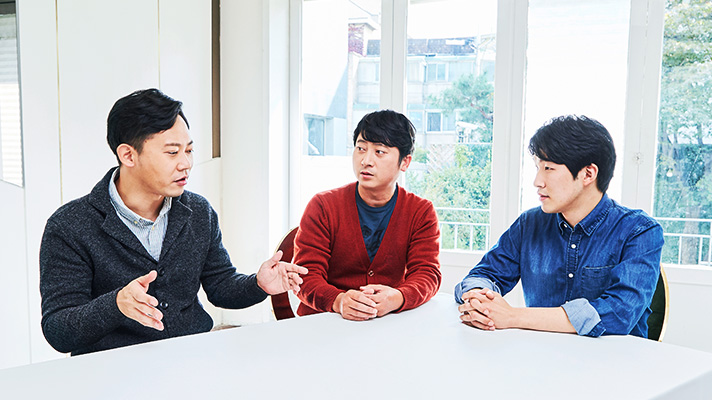
Q. How do you expect hidden lighting technology to be applied after autonomous vehicles are developed?
Shim Joon-Bo, Senior Researcher ┃ When the fully autonomous driving function is commercialized, it is expected that the meaning of the headlamp as a vision-securing device will be greatly reduced. On the other hand, during this period, a lot of information would have to be conveyed to the surrounding area, including pedestrians. I think that external lamps including headlamps will play the role. In other words, if the lamps of the past were the 'eyes' of automobiles, the lamps of the future are expected to be the indicator representing expressions and gestures of automobiles. It seems that hidden lighting technology can also be naturally applied in implementing such a function. Regarding the technology, a long-term technology roadmap for more than 10 years has been established and it is progressing step by step.